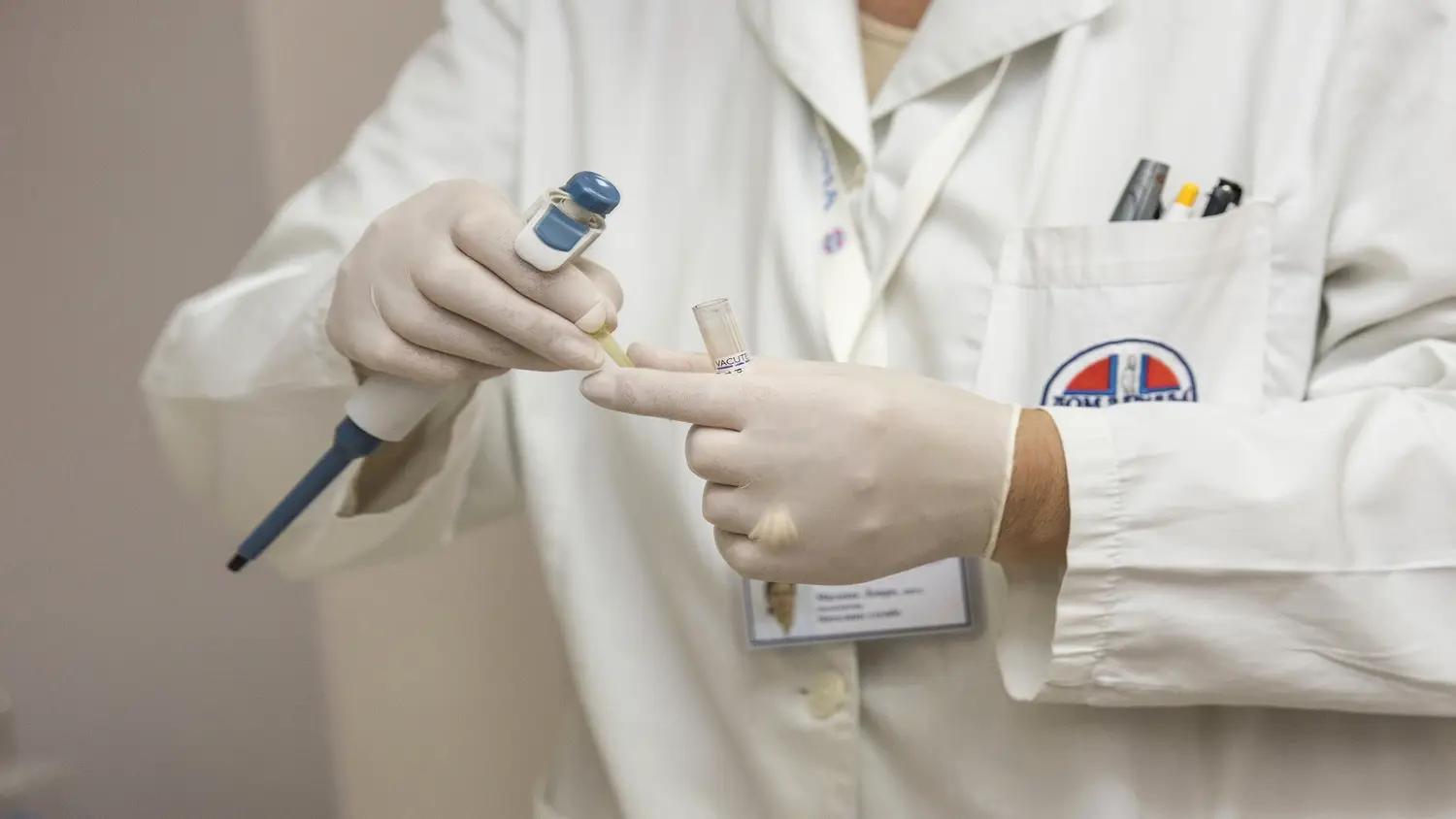
AM22-53-O: (On-Demand) Impact of COVID-19 Pandemic on Blood Collection and Utilization in the United States: Preliminary Results from the 2021 National Blood Collection and Utilization Survey (Enduring)
AM22-53-O: (On-Demand) Impact of COVID-19 Pandemic on Blood Collection and Utilization in the United States: Preliminary Results from the 2021 National Blood Collection and Utilization Survey (Enduring) is organized by Association for the Advancement of Blood & Biotherapies (AABB).
Expiration Date: Dec 31, 2024
Description:
The biennially conducted National Blood Collection and Utilization Survey (NBCUS) provides the most comprehensive estimation of blood collection and utilization in the United States. With data on the number of units collected, processed, outdated, discarded, and transfused in 2020 and 2021, the current NBCUS aims to assess the impact of COVID-19 on blood collection and transfusion. Conducted by the Office of the Assistant Secretary of Health and the Centers for Disease Control and Prevention (CDC), the survey includes all blood collection facilities and a sample of acute care hospitals operating in the U.S.
During the session, we will present preliminary findings from the current NBCUS, including national estimates, for 2020 and 2021, of RBC, whole blood, platelet, plasma and cryoprecipitate collection, transfusion and outdates, as well as median cost paid by hospitals. We will also present data from a blood center to illustrate the impact of the pandemic on donor demographics and blood collection. In addition, we will briefly explore the impact of the new FDA guidance regarding bacterial risk control strategies on platelet collection and availability.
All relevant financial relationships have been mitigated.
Learning Objectives:
• Describe the impact of the COVID-19 pandemic on blood collection and utilization in the U.S.
• Review the most current NBCUS findings and blood demand data.
• Discuss the implications of the findings regarding change in donor demographics during the pandemic and the new FDA guidance on bacterial risk control strategies.










